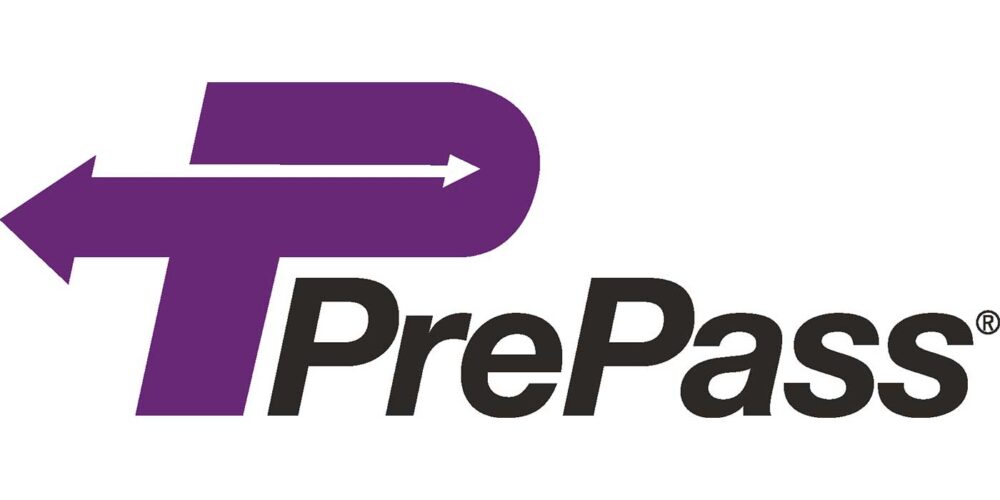In 2011, new truck tire prices increased between 20% and 35% depending on specific tire design. Retread pricing increased as well, but at a slightly lower range. Effective Jan. 1, tire makers have already announced another 15% increase for both new tires and retreads. There will be no reason for surprise when even more price increases are announced during 2012.
Most of the materials used to produce commercial truck tire compounds are oil-based. These tires also use a high percentage of natural rubber, which has also seen dramatic price increases.
It is more important than ever for fleets to use all the tools at their disposal to maximize tire removal miles. With over 90% of fleets retreading, protecting the casing from damage is a critical consideration as to the target pull points when it comes to tread depths. Taking the steer tires down to the legal limit of 4/32-in. tread depth and the drives and trailers to 2/32-in. is not typically the best scenario. The valuable casing is prone to stone holding, cutting and damage when there is little tread rubber available for protection.
There are several options when initially selecting what tires you will be spec’ing on the different wheel positions. Steer tires are in the 18/32-in. to 22/32-in. range, drive tires can be 26/32-in., and trailer tires have a large range, anywhere between 11/32-in. and 18/32-in. So why not specify tires that have the highest amount of initial tread depth? Depending on the specific application, too much rubber will lead to excessive heat build-up, potential vehicle handing issues and irregular wear because of squirming tread elements. Heat is especially an issue when it comes to retreading a casing.
A typical tire program may target those steer tires to be removed with 6/32-in. to 8/32-in. of remaining tread. At that point, tires would be sent to the retreader and retreaded as a drive design. If the tire is well maintained, the drive tire retread should be removed with about 4/32-in. to 6/32-in. of rubber and be retreaded a second time as a trailer retread. This trailer retread can now run out its life and be taken out of service at the legal limit of 2/32-in.
Minimizing irregular wear is one of the keys in maximizing tire mileage. Irregular wear comes in many forms: shoulder cupping, depressed ribs, heel/toe, and fast shoulder wear. If any of these conditions develop during the tire lifecycle, those tires will be coming out of service early. Vehicle misalignment and low tire pressures are major contributors to the early onset of irregular wear.
Visually inspecting the tire treads on a regular basis will help identify the early onset of irregular wear and give your fleet time to make some corrections. If you measure the tread depths in each of the grooves on a steer tire and find, for example, the measurements from outside shoulder to inside shoulder are decreasing, that would be an indicator that there is a potential issue with the tractor toe alignment. Low tire pressures lead to irregular wear because the tire footprint becomes distorted and is not running according to design specification. When the tire eventually comes out of service, the goal is to have smooth, even wear, which implies the vehicle is running in a straight line with tire pressures at the recommended specification, which leads to maximum mileage.
It is very difficult to predict how many miles you will get out of a set of tires. There are many variables that affect tire mileages. Route, load, vehicle make/model and the driver behavior will all impact the final tire mileage. In line-haul operations, mileages can be double or triple the same tires run in a grocery city delivery fleet. The more braking and turning, the faster the tire tread will scrub.
Fleets need to work closely with their tire professionals to develop the optimum tire program to maximize tire mileage. Take advantage of these experts to maximize your tire investment.













